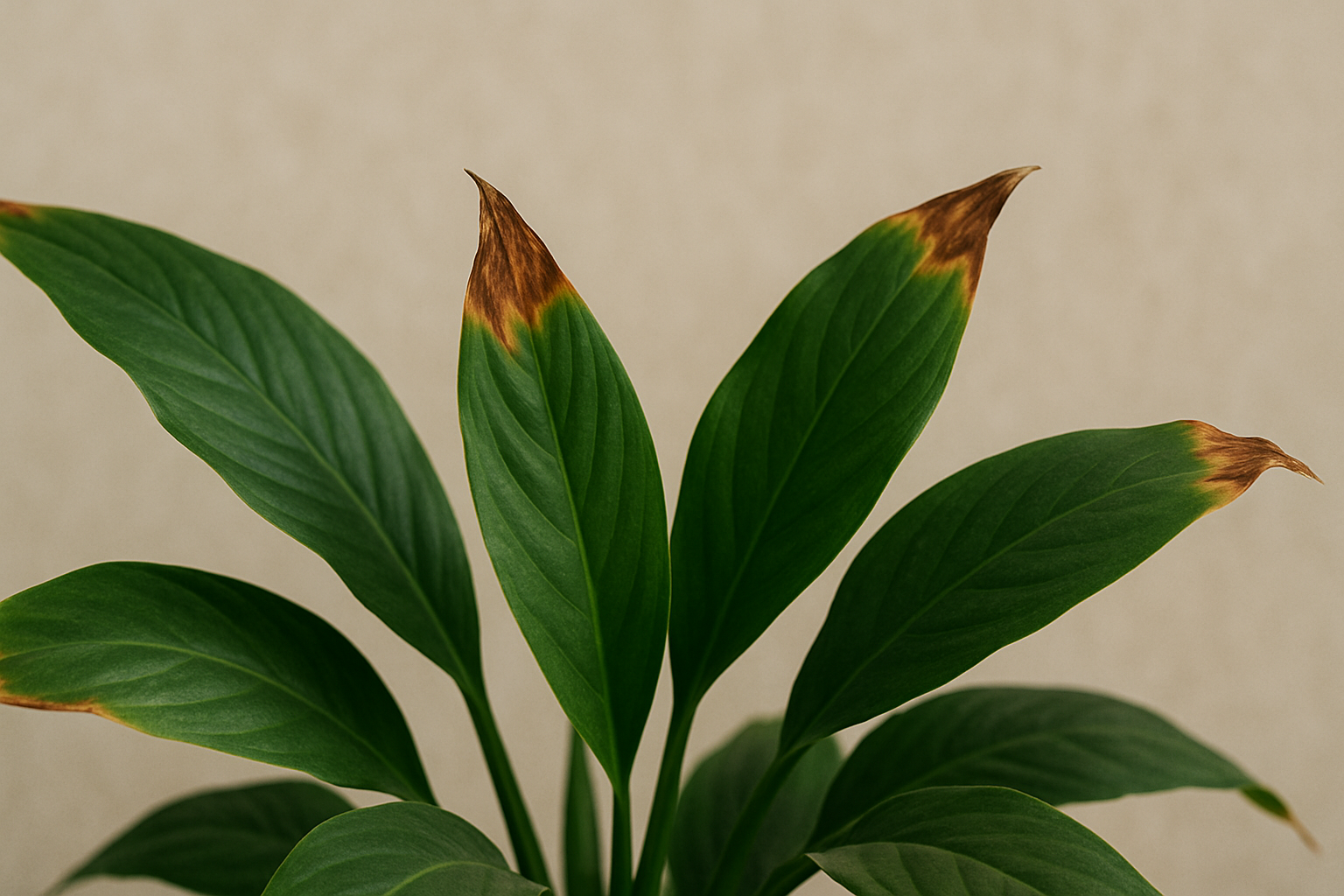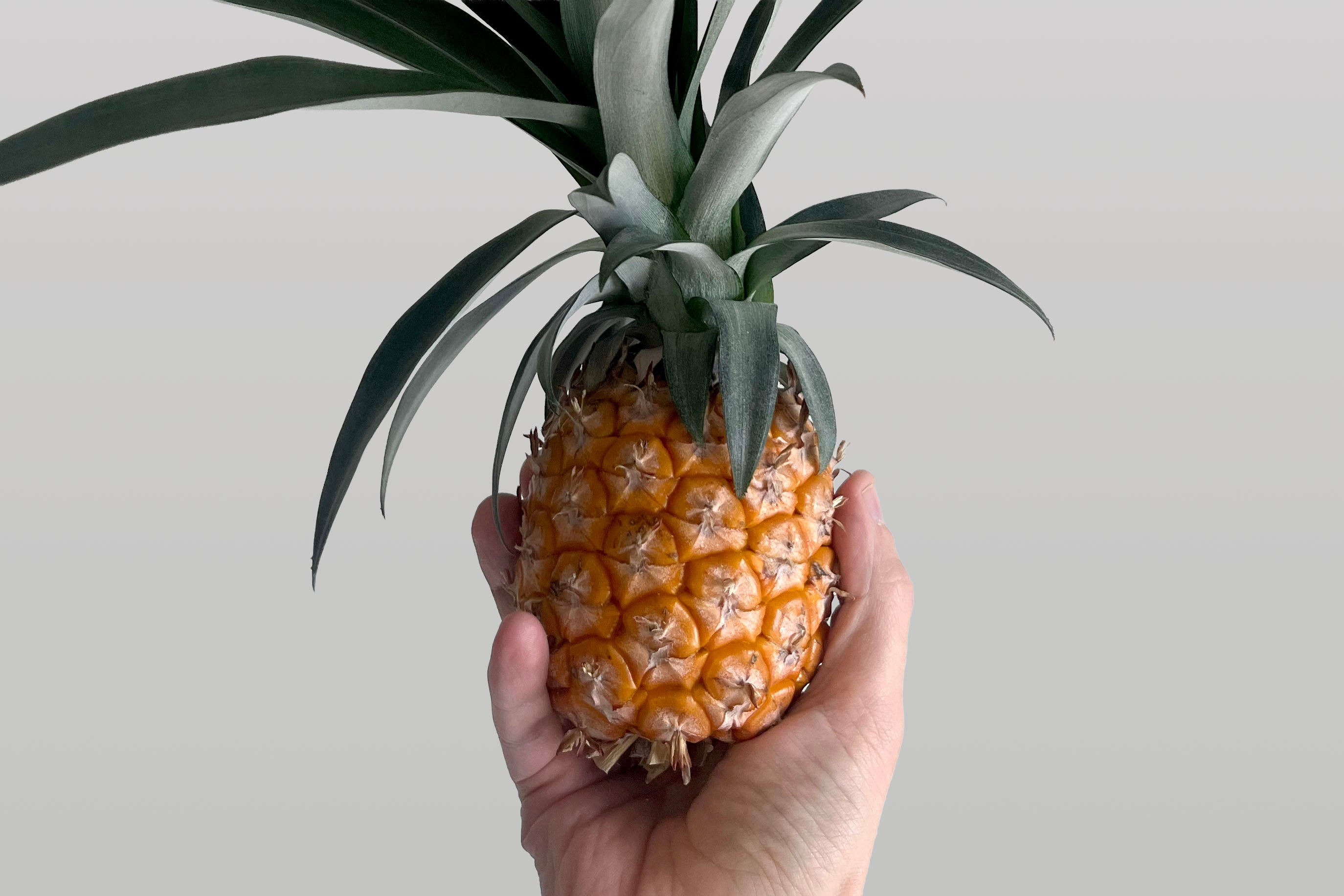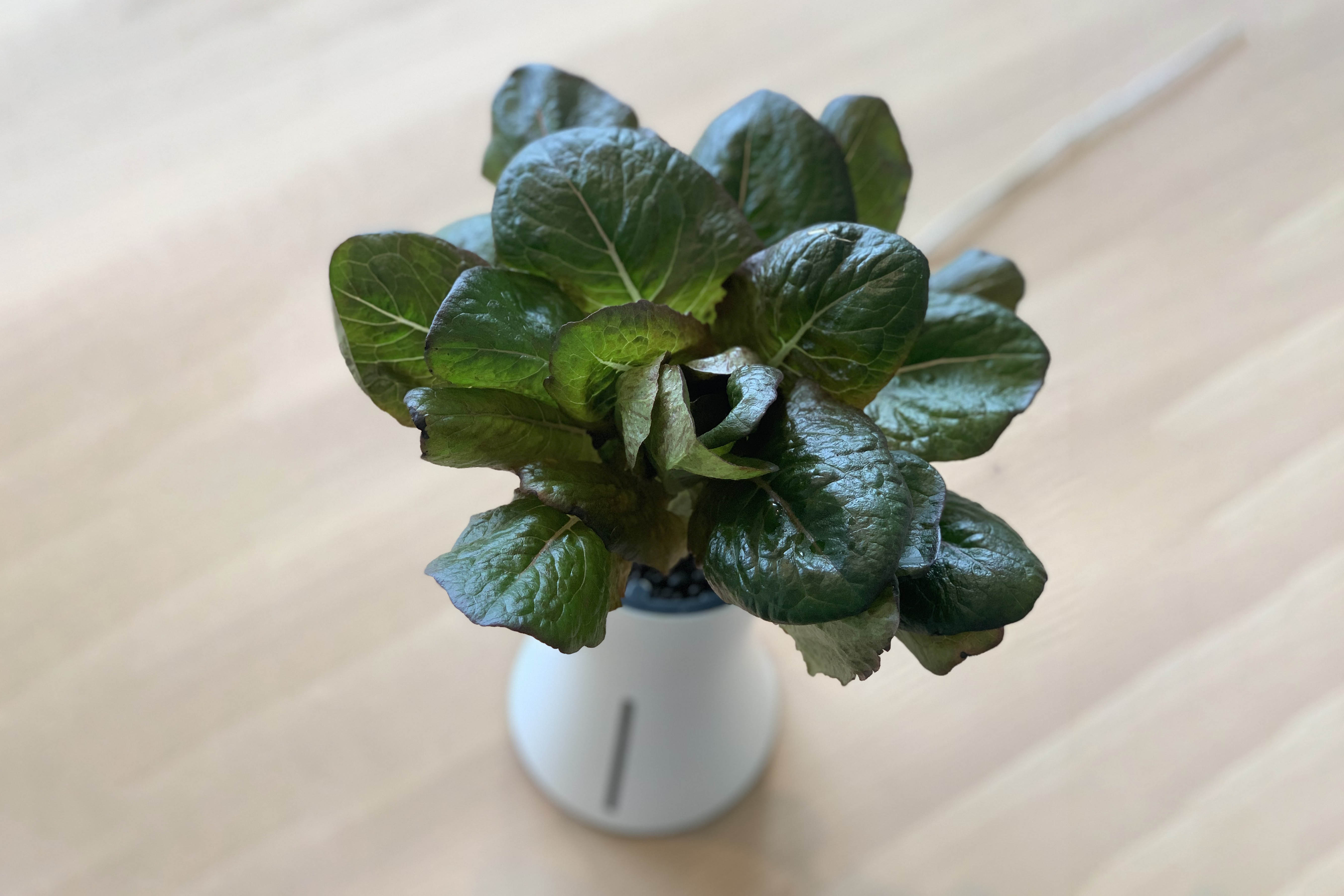Troubleshooting Plant Problems in Soil

Introduction
Whether you're growing herbs on your windowsill or tending to potted vegetables on your balcony, it's normal to run into a few plant problems along the way. Unlike automated systems like Botanium, traditional soil gardening can involve more guesswork. This guide helps you identify common signs of trouble, understand the underlying causes, and take practical steps to bring your plants back to health.

1. Yellowing Leaves
Yellow leaves are one of the most common issues in soil-grown plants. First, consider watering. Are you overwatering? Constantly wet soil suffocates the roots and prevents them from taking up nutrients, leading to yellowing. Let the top few centimeters of soil dry out before watering again.
If watering seems fine, think about nutrients. Have you fed your plant recently? A lack of nitrogen is often the culprit behind pale or yellowing leaves. Use a balanced liquid fertilizer or one high in nitrogen, especially during active growth periods.
Also consider light - plants kept too far from a light source may yellow and drop leaves as a sign of stress.

2. Brown Tips or Crispy Edges
When the edges of leaves turn brown or crispy, underwatering is often to blame. Check if the soil is dry deep down, not just at the surface. Stick your finger in or use a moisture meter to test. However, salt buildup from overfertilizing can also cause this issue, especially in potted plants. If you see brown and crispy leaves after having recently added fertilizer, overfertilizing could be the cause. Flush the soil thoroughly with water to wash away excess salts.
Low humidity is another possible cause, particularly indoors during winter. Mist your plants or place them near a tray of water and pebbles to improve air moisture.

3. Wilting Plants
Wilting can be misleading. While it’s often a sign of dry soil, it can also occur when the soil is too wet. Feel the soil: if it’s soggy, your plant may be drowning. This can often be a problem when potted plants are standing outside and get too much rainfall. Improve drainage by checking the pot’s holes and considering a coarser soil mix. Proper drainage is crucial to prevent water from building up at the bottom of the pot, which can suffocate roots and lead to rot. If your pot doesn't have drainage holes, repot your plant into one that does. Choose a container that allows water to escape easily after watering, ensuring the soil doesn't stay overly wet.
On the other hand, if the soil is dry, water thoroughly until water drains from the bottom of the pot. Avoid shallow watering, as it encourages roots to remain near the surface, making the plant more vulnerable to drought and temperature stress.

4. Mold or Fungus on Soil
White, fuzzy patches on the soil surface are usually harmless saprophytic fungi. They're a sign of high humidity and poor airflow rather than disease. Remove the top layer of soil and improve ventilation around the plant.
Avoid overwatering, and let the top of the soil dry out between waterings. Using a sterilized, well-draining soil mix also helps reduce fungal growth.

5. Leggy, Weak Growth
To prevent this, move your plants closer to a bright window or use a grow light that stays on for 12–16 hours a day. Ensure the light source is directly above the plants, not from the side, to encourage upright growth.
Another contributing factor can be temperature. If it's too warm and light is insufficient, plants will grow faster than they can support themselves, worsening the legginess. Try to keep seedlings in a cooler spot with plenty of light.
Also consider spacing. Planting too close together can lead to competition for light and nutrients, causing weaker, stretched plants. Thin out crowded seedlings early on to ensure each plant has enough room to grow strong and healthy.

6. Pests
Soil-grown plants are more prone to pests than hydroponic systems. Common culprits include fungus gnats, aphids, and spider mites. Check the undersides of leaves and the surface of the soil.
Fungus gnats often indicate consistently moist soil. Let the soil dry out more between waterings and consider adding a layer of sand or diatomaceous earth on top. While sand only prevents the gnats to get to the soil, datomaceous earth is an effective, natural pest control method that works by damaging the outer layer of an insect's body, causing it to dehydrate and die. It’s safe for plants and humans when used correctly and is particularly useful for dealing with soft-bodied pests.
For aphids or mites, rinse leaves gently with water to dislodge pests, or apply insecticidal soap. To make your own, mix 1 teaspoon of mild liquid soap (like castile or unscented dish soap) into 1 liter of water. Pour the solution into a spray bottle and apply it to the tops and undersides of the leaves, making sure to coat affected areas thoroughly. Reapply every few days until the infestation subsides. Regularly inspecting your plants helps catch infestations early.
Some insects can be really hard to get rid of - in those cases you can consider getting predatory insects that feed on the pests. They are really effective and do the job for you!
For each pest there are a few options to choose from - if you have a problem with aphids you need to get different predatory insects than if you have issues with mites, so make sure you get the correct ones that suit your needs. Since live insects can't be shipped across country borders, you'll need to find a supplier in your own country or region. Most predatory insects are bred and distributed locally for this reason, so check with a nearby garden center or biological pest control provider.
Conclusion
While soil gardening can present a variety of challenges, most issues are easy to overcome once you know what signs to look for. Whether it's adjusting your watering routine, improving light conditions, or fine-tuning your potting setup, small changes often lead to big improvements. The more you observe and care for your plants, the more intuitive gardening becomes. Over time, you'll not only grow healthier plants, but also grow as a more confident and capable gardener.
Enjoy the process-and happy gardening!




Leave a comment